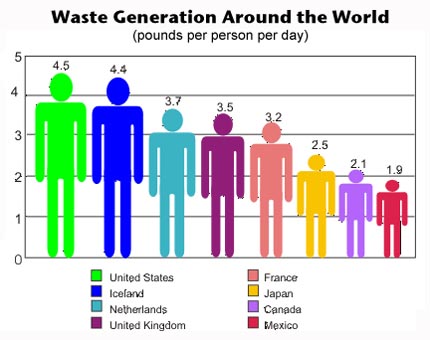Thinking About Teen Programming in New Terms: Environmental Impact and Zero Waste Programming
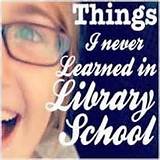
We think about programming in a lot of different ways: outcomes and objectives, goals, target audience, staff time, developmental appropriateness, appeal factors, cost, etc. I’ve written articles, posts, and contributed to an entire book that talks about these very considerations. And outside of yearly Earth Day programs, I haven’t thought a lot about programming in terms of environmental impact. Until now.
Late last year I stumbled upon a post by Lindsey Krabbenhoft at Jbrary that talks about Zero Waste Programming. This post asks us to look at programming in terms of how much waste each program creates and to make a target goal of have a certain percentage of your programming be zero waste. I’ve been thinking about this post a lot.
ADVERTISEMENT
ADVERTISEMENT
A great majority of teen programming in libraries either involves gaming or crafting/making. Gaming is a pretty self-contained program. The materials can be used over and over again. This is especially true if you work in a library that circulates video games, which I highly recommend. You can just pull video games from your circulating collection for each gaming program and then they still get used by the larger community during the rest of the week. But when it comes to waste and environmental impact, not all programming is created equal.
In comparison, a craft/diy/making program usually results in the purchase of a lot of crafting materials. Every piece of fabric cut can result in fabric scraps. Every pipe cleaner snipped results in pipe cleaner ends in the trash. Don’t even get me started on the environmental impact of glitter, which is just bits of microplastic unless you are making a concerted effort to buy environmentally friendly glitter. So a bulk of our programming has built in waste. Even as we’re trying to do good in our local communities we are often doing harm by the amount of waste we are producing in our libraries.
The Programming Librarian on Cheap and Zero Waste Programs
Even when we do upcycling programs that turn old CDs into candy dishes and disco balls, we’re still creating other types of waste. In many ways it can be argued that upcycling programs create a net zero good because we’re still producing waste, even as we use things like discarded books and cds as our primary medium.
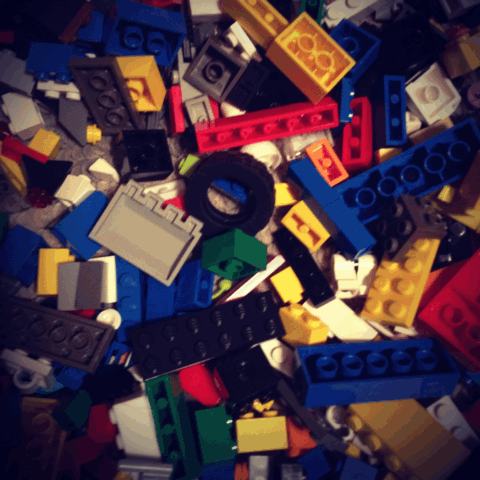
There are some exceptions here. Plarning, for example, creates very little waste. Plarning is the act of turning plastic bags into yarn and crocheting with it. You can make sitting mags or small area rugs completely out of plarn and it helps to re-use those plastic bags that you see littering the sides of our highways. You can also turn Capri Sun like pouches into wallets and purses, turn tin cans and condiment jars into decorative jars to hold your stuff (I’m sure that’s the technical term), and turn plastic bottles into plant holders and bird feeders. These are all good ways that we can think about the environmental impact on our craft programs.
And libraries have always been very good about holding onto a lot of those snips and scraps for future programming. Every library I have worked in has struggled to find enough storage space for all of those leftover bits and pieces that we famously hold on to just in case. Librarians are excellent hoarders.
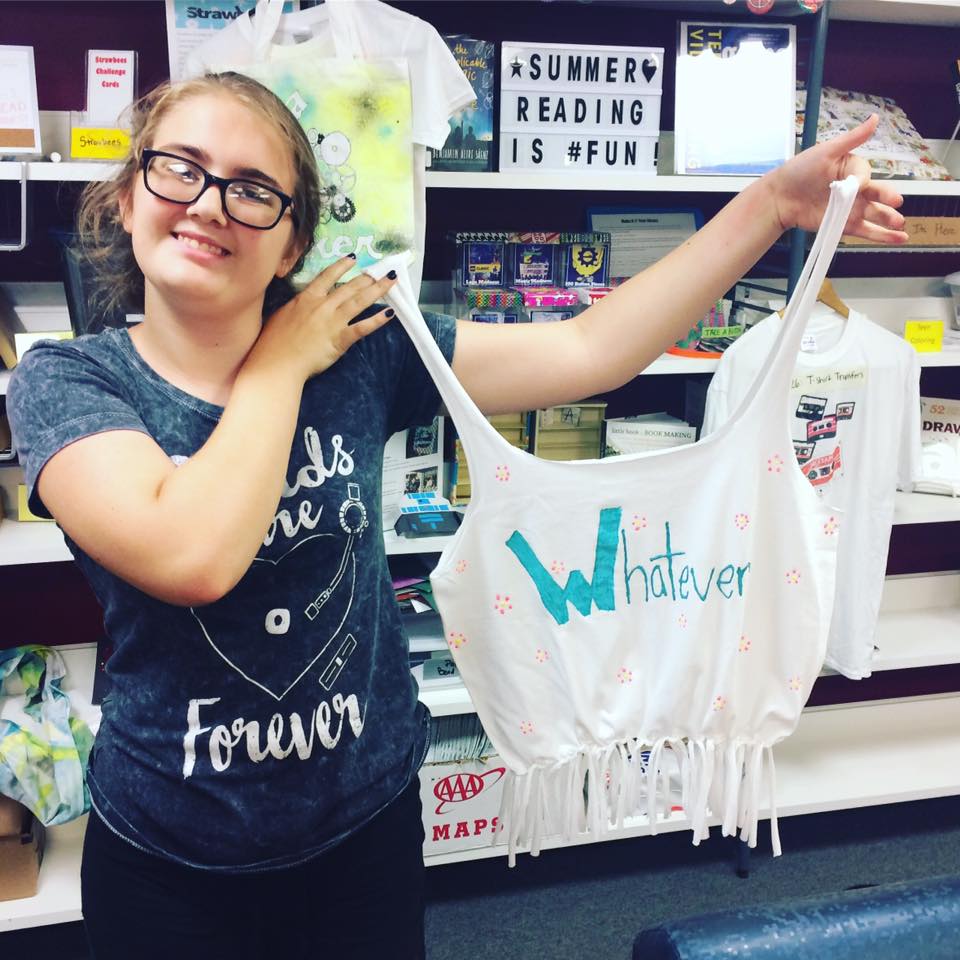
My library system recently had a craft supply swap to help address this problem in another creative way. All 15 libraries in our system was invited to send in the supplies that they didn’t want and the staff member organizing this event (not me, for the record) put together a type of craft supply flea market that everyone came in and browsed. One person’s trash is, after all, another person’s treasure. It’s a great way to get craft supplies out of storage and turn them into programming.
But what is the next step? I think the article in Jbrary is correct, we need to take the next step and make a conscious effort to engage in zero waste programming. This means that for every program that we put together we need to do an audit to see how much waste we will create. At the end of the day, our goal should be zero. As often as we can, we should try and make sure our programs create zero waste for our communities.
One of the benefits to the Teen MakerSpace that I ran at The Public Library of Mount Vernon and Knox County is that it could be a natural dumping ground for all those bits and pieces. We watched a lot of teens turn that smallest bits of seemingly nothing into the most amazing pieces of art. But not every library has a space like this.
This means we may have to rethink the way that we do a lot of our programming. Maybe we need to seek out more programming like gaming, which allows us to use the same tools over and over again. Maybe we decrease the amount of crafting, diy and making we do and engage in more social oriented programs. Maybe it means that we repeat our programs more often.
ADVERTISEMENT
ADVERTISEMENT
Don’t get me wrong, zero waste programming isn’t going to solve the environmental crisis looming over us. A vast majority of the waste polluting our environment is being caused by large corporations. And recent rollbacks on environmental regulations are not going to help the situation any. Plastics and microplastics, septic waste, etc. are all of vast concern and aren’t something that most of us can really address at our local public libraries.
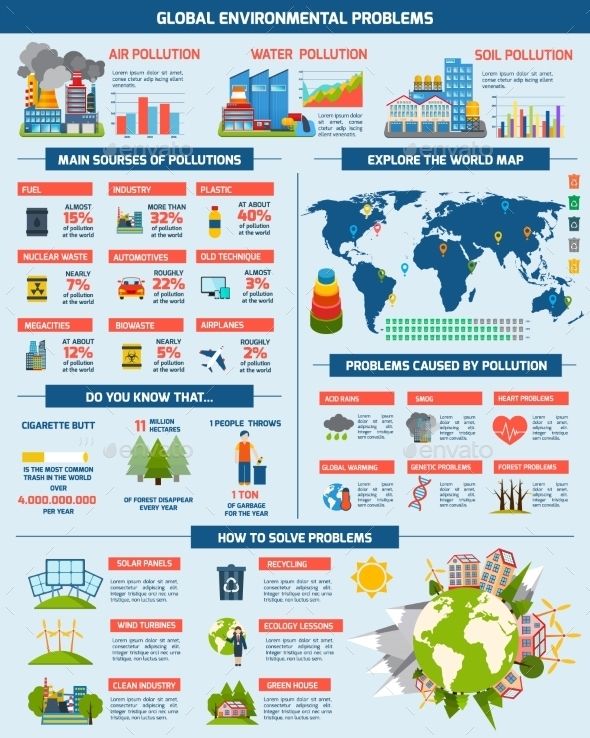
But we can start looking at our own programming and consider the local environmental impact that we have. We can set a goal to make a certain percentage of our programs zero waste to help minimize our library’s carbon footprint. And we can call in local agencies to do zero waste training to help our patrons learn how they can produce less waste at home.
Steps to Move Towards Zero Waste Programming and Decreasing Your Library Programming Environmental Impact:
- Analyze the types of programs that you do and the amount of waste they produce. Do a programming audit and make sure that you are offering a wide variety of programming options. Diversify the types of programs that you offer to decrease the amount of waste you produce.
- Invest in program supplies that you can re-use multiple times for engaging programming. Some examples include: Board and video games, robots, Legos
- When doing craft or making programs, look for recylcing and upcycling options. Use what you have first and buy as few new supplies and materials as possible.
- Host craft material swaps in your library system or for your community.
- Set a target goal for each year of what percentage of your programming you want to be zero waste. Track your programming and make sure you meet that goal, increasing it each year.
Every Sunday at my house I have a group of friends over for dinner. I used to buy paper plates and plastic cups and plastic utensils because it was easier to do clean up. Since encountering this article last year and as I talk more and more with The Teen who has a lot of climate change anxiety, we’ve changed a lot of things in our home. We no longer buy 2 liters of pop to drink on Sunday nights, we now buy kool aid and mix it in a reusable picture. We now use our regular plates, utensils and cups and just take the time to do the dishes afterwards. My trash can is less full every week as I take it out to the curb on trash day. We are not by any means a zero waste family, but we have started thinking a lot more about the amount of waste we produce. With new information, we made changes at home. As the education centers of our local communities we can be creating these same types of a-ha moments for our patrons through the types of programs that we offer.
We need to be doing the same things at our libraries. I hope that you will join me in making changes at home and at your library to create more zero waste opportunities. Let your goal in 2020 be to make 25% of your library programs zero waste.
Please share your zero waste program ideas with us here in the comments.
Filed under: Uncategorized
About Karen Jensen, MLS
Karen Jensen has been a Teen Services Librarian for almost 32 years. She created TLT in 2011 and is the co-editor of The Whole Library Handbook: Teen Services with Heather Booth (ALA Editions, 2014).
ADVERTISEMENT
ADVERTISEMENT
SLJ Blog Network
Your 2025 Caldecott Comment Card
Fuse n’ Kate: The Story of Jumping Mouse by John Steptoe
Miss Cat Gnome’s Nightmare | This Week’s Comics
Heavy Medal Reader’s Poll Results
When Book Bans are a Form of Discrimination, What is the Path to Justice?
Big Gretch Visits The Yarn!
ADVERTISEMENT


